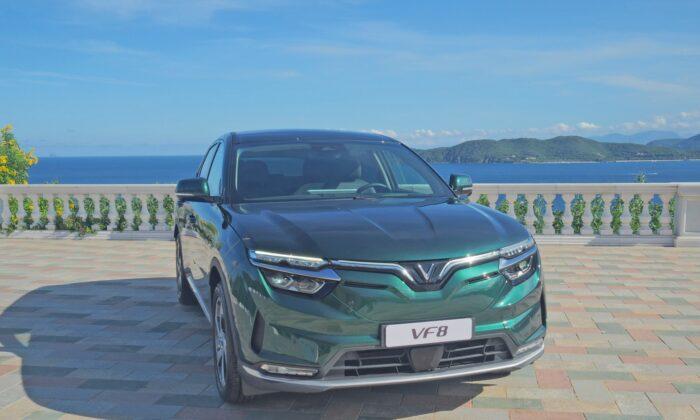While the latest gasoline engine Mitsubishi Outlander - the first built on the shared Renault-Nissan-Mitsubishi Alliance platform - was introduced last year, the second-gen plug-in hybrid version has finally been launched. Sharing many components with the above, and its cousin the Rogue, the powertrain however remains unique to the partially-electrified model, which is improved in almost every way and ticks a lot of boxes for compact crossover consumers.

“So now, more than ever, the new Outlander PHEV is synonymous with balance,” said Don Ulmer, senior manager of corporate and product strategy, in a media event held in Vancouver, B.C. “It’s not just about range, batteries and charging - it’s providing a balance of PHEV technology and SUV capability. Canadians prefer SUVs. Canadians prefer all-wheel drive. And Canadians want this, with electrification. Our product offers all that they want, packaged the way that they want, to do the things they need.”

Returning under the hood is a Mitsubishi-built 2.4-litre Atkinson-cycle four-cylinder engine, complemented by three electric motors. Two are in the front -- one for turning the wheels and another acting as a generator -- and the third powers the rear axle creating AWD. Engineers have upgraded the latter so the net output is 248 horsepower, an increase of 27 compared to before, and 332 lb-ft of torque. The bump in performance is tangible, especially on the freeway and venturing into steep terrain.
Thanks to advances in technology, the larger 20-kilowatt-hour battery actually has a smaller footprint, so cabin room is nearly identical to the standard Outlander and thusly the fitting of a flip-up third row is made possible to accommodate an extra two (small) passengers. Even the fuel capacity is higher, and on a full tank and battery the maximum travel distance is rated at 687 kilometres. Interested in zero emissions driving around the city? There’s 61-kilometre electric-only range available as well.

Another innovation is the aptly-named Innovative Pedal, better known as one-pedal operation. Though the functionality already exists in many pure EVs on the market, this is so far the sole implementation on a PHEV and when activated decelerates the vehicle (though not to a complete stop) whenever the accelerator pedal is released.
At the same time, doing so allows regenerative braking where the created kinetic energy is used to recharge the battery. On our snowy route up and down Cypress Mountain, the feature really helped the crossover stay composed on the twisty and frost-covered roads. Of course, the stable handling is due in large part to the Super All-Wheel Control system able to, among other things, distribute varying amounts of torque to each individual as needed.

A nice bonus is the DC fast-charger compatibility, not usually seen in the segment, meaning refilling the pack to 80 per cent takes 38 minutes. Connecting to a Level 2 source will be around seven hours. The Outlander can also utilize the internal combustion engine (ICE) to top up electricity when driving or parked if Charge Mode is selected. Alternatively, a Battery Save Mode propels the car using gasoline alone to, well, save battery power for another scenario that’s more efficient, like commuting in town.
Styling-wise the PHEV is virtually no different than the regular variant. The current interpretation of the Dynamic Shield front fascia looks slick, incorporating signature LED daytime running lights in the top corners of the “X” design element and moving the headlights into the middle outer part of the bumper. Thin LED tail lamps complement the motif, and big polished 20-inch blade wheels are optional.

The interior is the most premium example to ever grace the vehicle with lots of soft touch materials, quilted semi-aniline upholstery and aluminum trim found throughout. A 12.3-inch digital instrument cluster is standard, adjacent to a nine-inch Smartphone-Link Display Audio Navigation System. In addition, the top GT model bundles a full colour head-up display projecting customizable information right onto the windshield.

The 2023 Mitsubishi Outlander starts at $46,538 CAD and is sold in four main grades: ES, LE, SEL and GT. Orders are open now.





